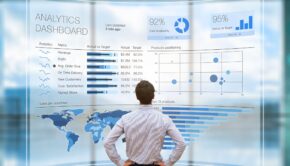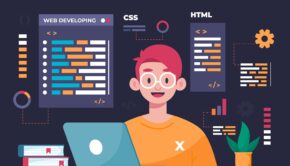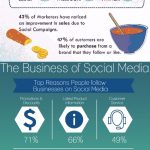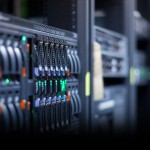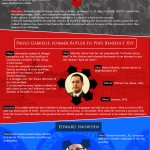Data Crawling vs Data Scraping – What’s the Difference?
Are you confused about data crawling and data scraping? Don’t worry, we’ll clarify this topic for you. To an extent, web crawling and web scraping are similar and have common use cases.
To help you understand each process, we will define them in a simple manner.
What Is Data Crawling?
Web crawling is performed by a spider or bot that crawls (read browses) the internet, finds relevant info, and indexes it. The crawler looks at each page entirely, indexes it to the last letter on the web page, and helps you find the needed data for your quest.
The spider can crawl through every crevice and nook of the vast internet and retrieve the data published in the deep layers. In this way, bots and crawlers can navigate through tons of information and procure pertinent data for your purpose.
Web crawling example:
Search engines like Google, Bing, and Yahoo are straightforward examples of data scraping. These search tools crawl online pages and index the information found in them.
What Is Data Scraping?
Data scraping is an automated method to extract information from websites. This process utilizes bots to procure content or information from websites. The bot analyzes each web page in a programmatic manner and downloads data from it.
Web scraping tools locate data and extract it. They do not copy and paste the information but directly fetch the details in an accurate and precise manner. Data scraping need not be limited to the internet. You can scrape data from any place it is maintained.
Web scraping example:
A good example of web scraping is extracting the prices of specific products sold on Amazon and other e-commerce platforms. The extracted data can also be used for purposes such as property listings, stock market info, business leads, and others.
Data Crawling vs Data Scraping: How does it Work?
Let’s now look at how web scraping works. It basically involves three steps:
1. Request and Response
First, the scraper requests the target site for the specific content in a URL. Then, it obtains the requested details in a HTML file.
2. Parse and Extract
Parsing involves turning code into text and creating a memory structure that the device can comprehend and function with.
In simple terms, HTML parsing uses HTML code to extract pertinent data like the title, headings, paragraphs, bold texts, links, etc. of the target web pages.
3. Download Info
Lastly, you can download the data and save it in a database or JSON or CSV file, so you can retrieve and use it manually for your project.
How does Data Crawling Work?
Data crawling on the web involves the following steps:
- Pick a starting URL
- Include it in the frontier
- Next, choose the URL from the frontier
- Get the web page in that URL
- Then, parse the web page to obtain new links to URLs
- Include all the new URLs in the frontier
- Finally, go back to step 3 and repeat until the frontier becomes empty
Data Crawling vs Data Scraping: Applications and Benefits
Here are the applications and benefits of data scraping:
Retail Marketing
The retail industry uses web scraping in multiple ways including MAP compliance tracking and competitor price tracking. Retail companies extract valuable info from the web and analyze it to glean important insights.
Similarly, e-commerce firms need countless product descriptions and images which is a difficult task to create quickly. These platforms therefore use web scraping to procure the needed volume of product descriptions and images from the internet. Thus, data scraping has multiple applications for online marketplaces and retail marketers.
Machine Learning
Machine learning involves programming the machine to uncover relevant insights and patterns for your project. For this, the machine needs to be fed with plenty of data. You can obtain this data from the internet. Web scraping is therefore essential for machine learning as it can swiftly and easily procure all types of web info in a dependable manner.
Equity Research
Modern equity research involves evaluating every sentiment measure, data point, and news item to identify the right stocks and their latest trends. How can you get this type of alternative information? Through web scraping of course! This process can aggregate market-related data and help you view the big picture. Web scraping thus improves equity research by rapidly extracting the needed data and financial statements from websites.
Applications and Benefits of Web Crawling:
Google crawls billions of pages each day to provide its search results in an effective and accurate manner. Web crawlers also need to adapt quickly to changing user demands.
These bots can sort web pages, evaluate content quality, and perform other tasks to execute efficient indexing. In these ways, web crawlers deliver precise results and are essential for the work search engines.
Conclusion
As web scraping and web crawling are related procedures, they can easily cause confusion. But we hope this article has clarified their definition, use cases, and difference points. By understanding each concept clearly, you’d be able to use each effectively for your specific needs.
Photo by Christina Morillo from Pexels




